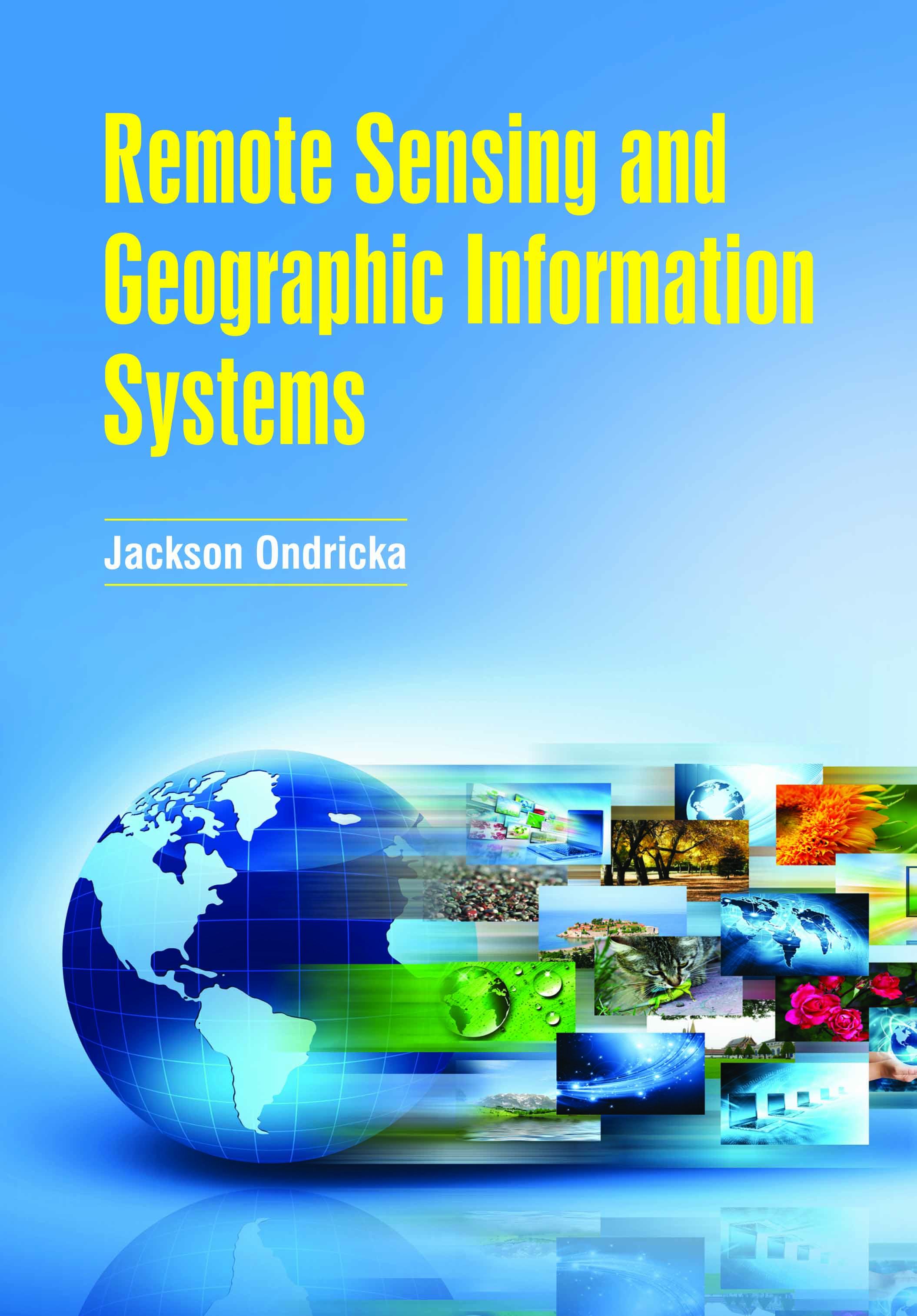
Remote Sensing and Geographic Information Systems
by Jackson Ondricka
| ISBN | 9781799600602 |
|---|---|
| Publisher | White Press Academics |
| Copyright Year | 2020 |
| Price | $225.00 |

by Jackson Ondricka
| ISBN | 9781799600602 |
|---|---|
| Publisher | White Press Academics |
| Copyright Year | 2020 |
| Price | $225.00 |
Remote sensing has provided a new impetus for the earth, resource and environmental scientists. This gift from the space technology has to be fully harnessed for tackling the problems of the country. Increasing population and diminishing resources have compelled our planners, leaders and scientists to consider better ways for the management of natural resources. Remote Sensing and GIS is specifically designed to serve as a basic text for undergraduate courses in civil engineering, geoinformatics/geomatics engineering, geotechnical engineering, survey engineering, and environmental engineering. It will equally meet the requirements of undergraduate courses in geological science, environmental science, geography, geophysics, earth resources management, environmental management, and disaster management. Geographic information systems provide a method for integrating and analysing spatial information such as where is the nearest movie theatre? alongside related non-spatial information. GIS have three major capabilities and can operate on a range of platforms. A map, however, is only one way you can work with geographic data in a GIS, and only one type of product generated by a GIS. The book starts with the introduction of GIS and its various components and functionalities and goes on to cover map projection systems, different data models and data input, spatial analysis and surface modelling aspects of GIS. A geographic information system (GIS) is a computer-based tool for mapping and analyzing features and events on earth. GIS technology integrates common database operations, such as query and statistical analysis, with maps. On the other hand, remote sensing is the science of collecting data regarding an object or a phenomenon without any physical contact with the object. The book serves as a source of information for professionals who come across remote sensing and GIS in their work and would like to learn more about its principles and practical uses to support their professional/research activity.